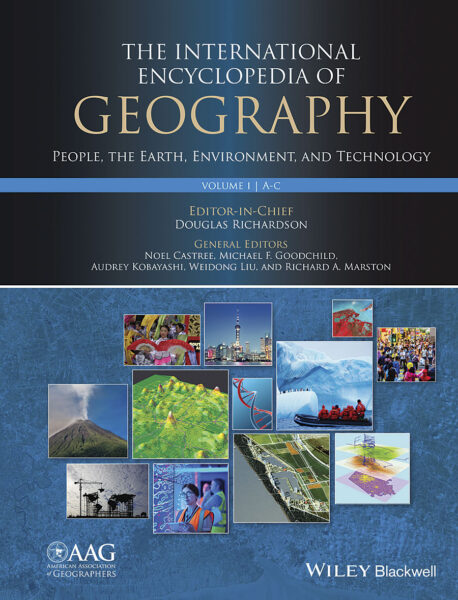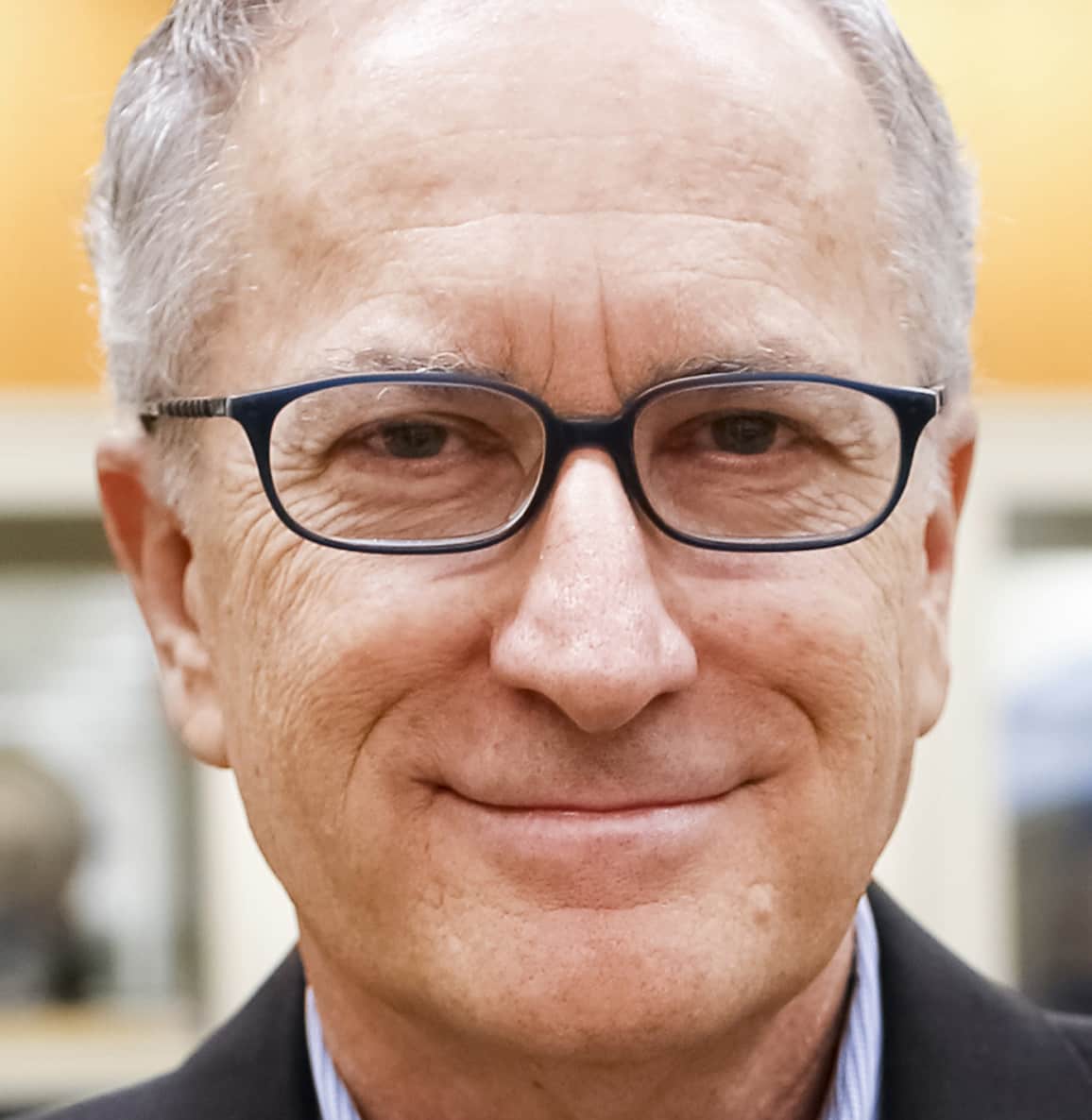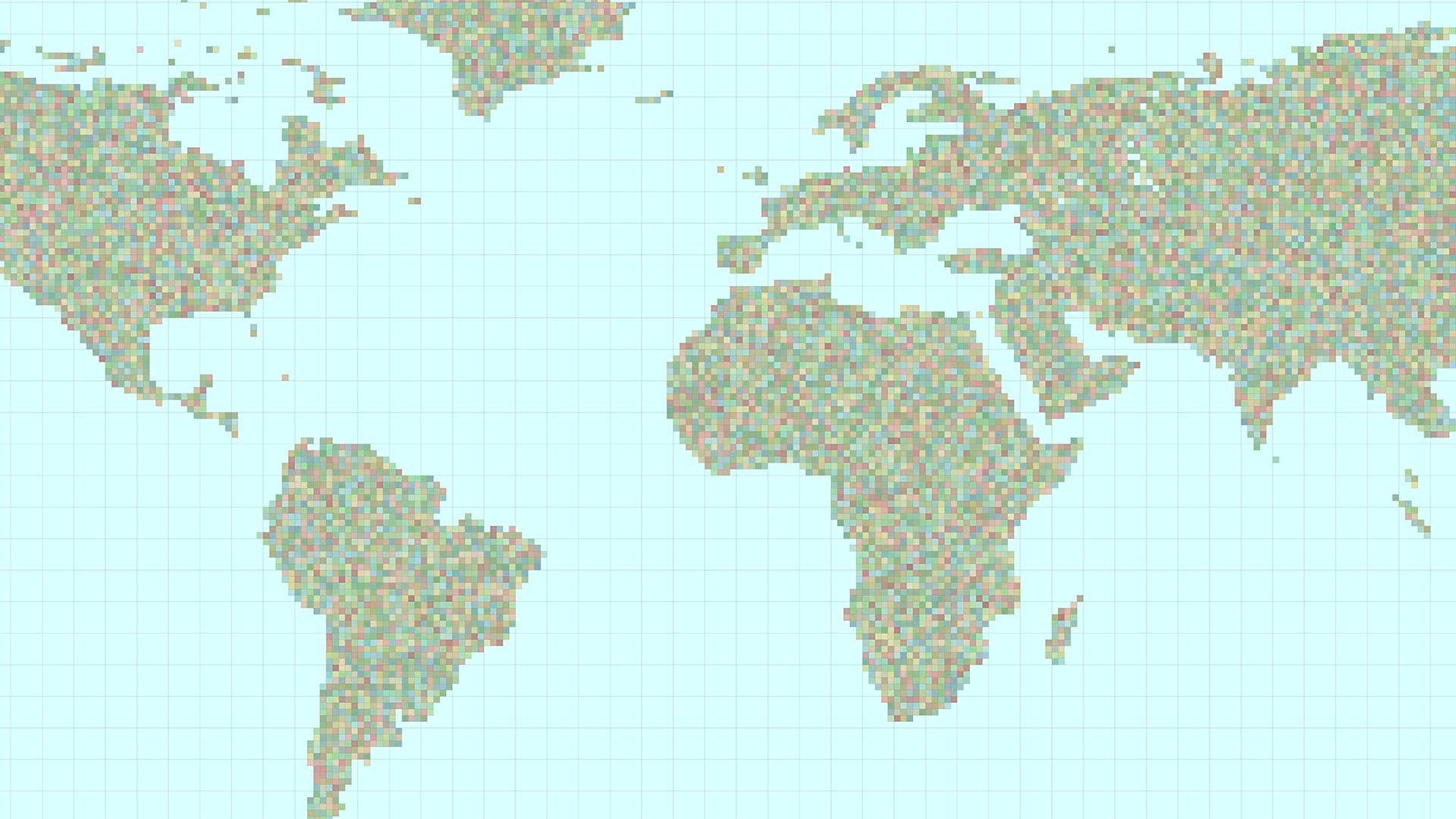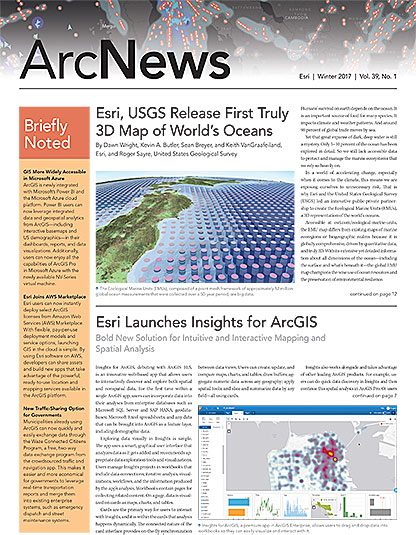Crossing Borders
Geography is a rapidly growing, dynamic, and highly relevant field. It provides groundbreaking research and leads the way in developing meaningful apps that address the world’s major challenges. Building on its tradition of being an interdisciplinary and integrative science infused with vibrant critical theory and revolutionary technologies, geography increasingly occupies a central place in society. Geographic theories, concepts, methods, tools, and apps now permeate environmental science, the social sciences, health sciences, international studies, and the humanities, generating productive new research and extending knowledge frontiers.
It is in this context that an unprecedented new resource comes into play for the global GIS community: The International Encyclopedia of Geography: People, the Earth, Environment, and Technology. This ambitious, 15-volume reference set addresses the concepts, research, and techniques of geography and related fields and is published both in hard copy and online, which allows for continuous updates.
The International Encyclopedia of Geography (IEG for short) provides an enormous body of new content and analysis that teachers and professors at all levels can use to educate students in geography and the geosciences, environmental studies, and the social sciences and humanities. It is also an indispensable resource for government ministries, planning agencies, private sector firms, and even society at large, what with the explosive proliferation of new geographic technologies and geospatial information.
The IEG is designed to address a global audience. It contains accessible introductions to basic concepts, as well as sophisticated coverage of complex and rapidly changing new topics. To furnish cutting-edge analyses and discussions written in an accessible style, the editorial team took considerable care to create an appropriate taxonomy of entries penned by fitting contributors. In addition to the entries themselves, the encyclopedia includes a lexicon by subject, an index, and an appendix of geographic associations worldwide.

In 8,000 pages, the 15 volumes that constitute the encyclopedia consist of more than 1,000 detailed entries, complete with illustrations, graphs, charts, and color photographs. An international editorial team verified the entries’ high quality by ensuring that they are relevant, accurate, and consistent. At least three peer reviewers assessed each entry to assure that it conforms to well-established standards of scholarly publication and clearly and adequately presents state-of-the-art coverage of the subject matter.
The online version includes advanced search functions and links extensively to related entries and other supporting information available on the Internet. It also has easily accessible foreign language autotranslation functions.
Another distinguishing aspect of this encyclopedia is that it has the institutional support of the American Association of Geographers (AAG) and other major geographic associations from around the world. This backing will ensure that the IEG is updated on an ongoing basis and has the potential to persist in being the authoritative reference for the fields of geography and GIScience for decades to come.
To inform the overall project and ensure that the encyclopedia provides balanced and comprehensive coverage, the AAG selected an experienced and distinguished editorial team to help develop topical entries that knit together geographic and GIScience research. The core editorial team consists of myself as editor in chief and five outstanding general editors: Michael Goodchild of the University of California, Santa Barbara, who is responsible for GIScience and technology in the encyclopedia; Audrey Kobayashi from Canada’s Queen’s University, who handles human geography; Weidong Liu from the Institute of Geographical Sciences and Natural Resources Research at the Chinese Academy of Sciences in Beijing, who edits the economic geography and regional development sections; Noel Castree, a professor of geography at Australia’s University of Wollongong, who deals with articles about human-nature interactions; and Dick Marston, a professor emeritus from Kansas State University, who takes charge of the physical geography sections. They all have broad networks of contacts in their fields, as well as editorial experience with leading journals and other publications. Additionally, this core editorial team worked closely with 34 section editors, each a leading subject matter expert in a relevant subfield.
This six-year project, initiated by the AAG and publishing company Wiley-Blackwell in 2010, has engaged geographers, GIScientists, and geographic societies around the globe. The encyclopedia’s editors and authors reflect the interdisciplinary and international nature of geography’s scholarly and research activities. The sheer scale of this undertaking—both in terms of the encyclopedia’s depth and breadth of coverage, as well as its international scope—has not, to our knowledge, been attempted before in the contemporary discipline of geography.
The project has also involved reaching out to, listening to, and working globally with thousands of geographers, editors, authors, educators, and reviewers. Significantly, one of my reasons for undertaking this daunting venture was the opportunity to engage with and build international collaboration around a major project for geography’s future. As former AAG president Ken Foote pointed out, the IEG not only “will be an influential work for years to come but also represents an important community-building project within the discipline, both nationally and internationally.”
That is, in part, why this first edition of the IEG includes distinguished editors and authors from 45 different countries. And as we move forward with regularly updating key entries, we encourage suggestions (of others or yourself) for candidates to fulfill editorial and authoring roles.
I am deeply grateful for everyone who has participated in creating this remarkable International Encyclopedia of Geography, which I hope will play a role in contributing to greater understanding of—and in—our world.
For more information or to order a copy of the new IEG, visit geographyencyclopedia.com.
Contact Richardson at drichardson@aag.org.
Read other articles in the “Crossing Borders” series.


